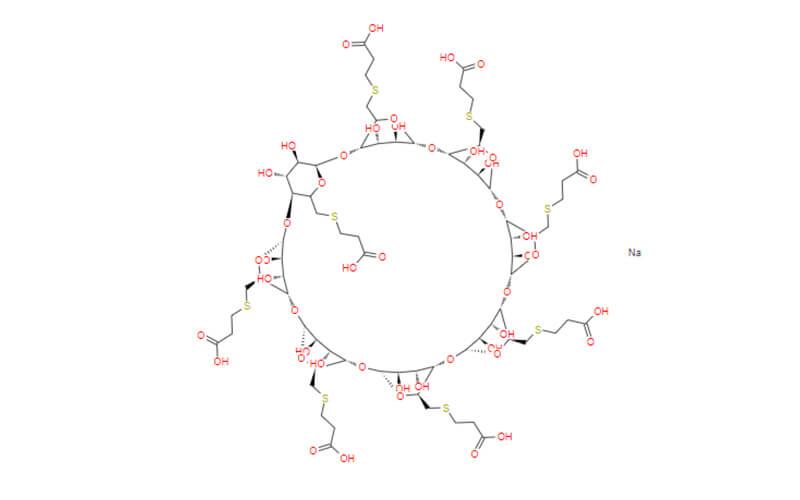The Development of Next-generation Sugammadex Analogs

Sugammadex, a revolution in neuromuscular reversal agents, has become the gold standard for reversing the effects of rocuronium and other aminosteroid neuromuscular blocking drugs (NMBDs) used in surgery and critical care. However, researchers are constantly striving to improve upon this lifesaving medication, paving the way for the development of next-generation sugammadex analogs.
Challenges with Sugammadex: While sugammadex offers distinct advantages over traditional reversal agents, it does have limitations. Its high cost, potential for allergic reactions, and the requirement for intravenous administration restrict its use in certain scenarios. Additionally, sugammadex is not currently approved for use in neonates, and its efficacy in specific patient populations, like those in the ICU, requires further investigation.
The Promise of Analogs: Next-generation sugammadex analogs aim to address these limitations and offer several potential improvements. These analogs could be:
More affordable: Reducing the cost burden associated with sugammadex would make it more accessible to a wider range of healthcare institutions and patients.
Less allergenic: Minimizing the risk of allergic reactions would broaden the patient population who can safely receive sugammadex.
Orally bioavailable: An oral formulation of sugammadex would eliminate the need for intravenous administration, simplifying its use in various settings, potentially including the ICU.
Tailored for specific patient populations: Analogs could be designed with specific pharmacokinetic properties to cater to the needs of neonates, ICU patients, and individuals with compromised kidney function.
Current Research Landscape: The development of next-generation sugammadex analogs is an active area of research. Several promising candidates are currently undergoing preclinical and clinical trials, with researchers exploring modifications to the sugammadex molecule to achieve the desired improvements.
The Road Ahead: While significant progress has been made, the development of next-generation sugammadex analogs is still in its early stages. Further research is needed to ensure the safety, efficacy, and cost-effectiveness of these new agents. Nevertheless, these advancements hold the potential to significantly improve patient care by offering wider access to safe and effective neuromuscular reversal, particularly in critical care settings like the ICU.
It is important to note that the use of sugammadex in the ICU is still under investigation, and further research is needed to establish its role in this specific patient population.
- Art
- Causes
- Crafts
- Dance
- Drinks
- Film
- Fitness
- Food
- Games
- Gardening
- Health
- Home
- Literature
- Music
- Networking
- Other
- Party
- Religion
- Shopping
- Sports
- Theater
- Wellness


